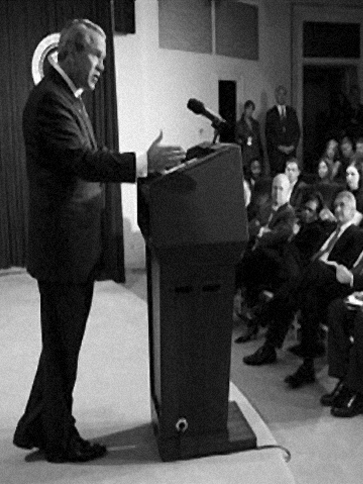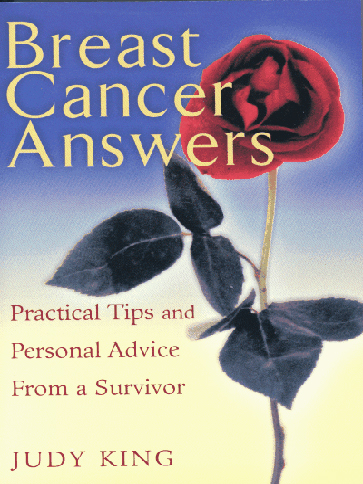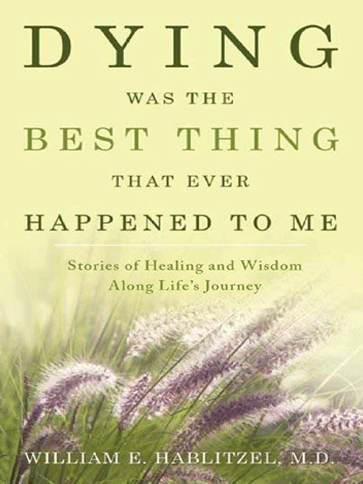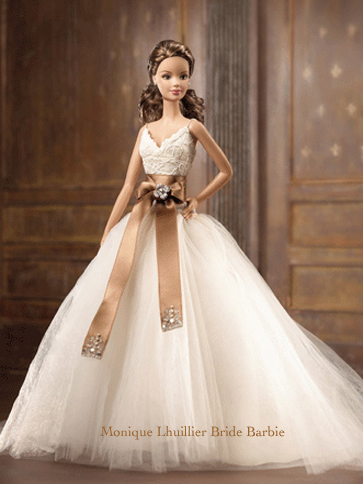Style 2006 Garden Party: Hosted by Frederic Fekkai Salon and Spa
 Hollywood’s Frederic Fekkai Salon and Spa in late August played host to dozens of fashion and style companies, as well as more than 70 film and TV elite, who celebrated emerging couture and trends at the Style 2006 Garden Party. The event, hosted by DPA marketing company Chief Executive Officer and President Nathalie DuBois, opened the 58 th annual Emmy Awards with fun, fashion, food, and the stateside debuts of several up-and-coming luxury companies.
Hollywood’s Frederic Fekkai Salon and Spa in late August played host to dozens of fashion and style companies, as well as more than 70 film and TV elite, who celebrated emerging couture and trends at the Style 2006 Garden Party. The event, hosted by DPA marketing company Chief Executive Officer and President Nathalie DuBois, opened the 58 th annual Emmy Awards with fun, fashion, food, and the stateside debuts of several up-and-coming luxury companies.
Grace Lazenby of iTrain recognized the popularity – and practicality – of high-tech devices when it comes to staying in shape. Along with her co-founder, Sebastian Reyent, Lazenby created an iPod-friendly workout program to alleviate any time constraints that otherwise prevent consistent exercise.
“I came up with it because a lot of my clients wanted my voice while they traveled, or they were on set, or they couldn’t work out with me, so they just wanted a portable device to take with them. So, this is a way for everyone to have a personal trainer at an affordable price,” Lazenby says.
A personal trainer for more than 15 years, Lazenby says her clients include Sarah Silverman, Courtney Cox, and others. While the iTrain still is designed for the original iPod, there are plans to incorporate a mobile workout program for the iPod Video as well, according to Lazenby.
“Most people have audio iPods, and when you’re working out – doing treadmill and running – you want to hear the trainer telling you exactly what to do,” she adds. There are more than 100 programs in the iTrain regimen, and information is available at iTrain.com.
Nespresso is paving new roads in the trendy coffee market, with its innovative espresso maker, which comes with a line of rich, gourmet espresso, says Greg Epic, marketing representative for the company. “The Nespresso is based in Switzerland. It’s actually the market leader in Europe – best-selling machines and coffees in Europe. And, they’re available in the U.S.,” Epic says. Each of the celebrities who visited the garden party was treated to the company’s new machine, Le Cube, as well as a two-month supply of coffees, which come in a single-serving capsule, Epic adds. The company plans to open its first U.S. boutique in New York in October. The elite shopping district of 65 th and Madison soon will be able to enjoy the flavor of Nespresso, which also will be releasing its first-ever line of flavored coffees, adds Epic.
The company is very particular about the type and grade of coffee that goes into each capsule, selecting only the finest quality beans, he concludes. More information, as well as ordering information, can be found at Nespresso.com.
Jeff Miller of Mojito Island is excited about what he calls “the most delicious mojito you’ll ever have” and the easiest to make. The company is no stranger to celebrity parties, having been featured earlier this year at the Oscar Diamond Lounge Party, where the delicious drinks received rave reviews for their minty rum flavor. Having a pre-mixed formula guarantees a great drink that is easy to prepare and will taste fantastic every time, he adds.
“All you need to do is fill a glass with ice, throw in your favorite light rum, some soda water, throw in Mojito Island and top it off with some mint leaves for garnish and a lime wedge – and you have the perfect mojito every single time,” Miller says. “It’s basically pre-muddled.”
After five years of perfecting, the Mojito Island formula has circumvented the problem many bartenders have had with preparing the popular drink, he says. Being able to use the same perfect ratios of mint, simple syrup, lime, and rum can be troubling – and result in a less-than-stellar cocktail. “This way you get a consistent mojito that is delicious any time,” Miller says. Mojito Island is only available in bars and restaurants; however, it will be available for retail purchase in the near future.
Robert Wan’s Tahiti Company is redefining couture jewelry with its distinctive pearl necklaces, according to Turia, company spokeswoman. “Robert Wan is the largest producer of Tahitian pearls in the world,” she says. “He provides the best high-end, knowledgeable resource for these pearls, so this is basically what he’s been doing for the past 30 years. For the past four years, we’ve been branding his pearls with his name with a different kind of jewelry by doing high-end accessories with pearls, so it’s more – it’s a different way of wearing pearls, with a different concept,” she added.
That different way includes using the magnificently sized beads with dresses, purses and more, Turia says, and the company sees the added aesthetic benefit of mixing the pearls with silk and other fine materials. The standout feature of Wan’s pearls is that each necklace contains beautiful, uniquely hued beads of different sizes, with almost a rainbow appearance against a black background.
“As you see in this line of jewelry, we are playing with the different kinds of shapes and colors in the pearl,” Turia says. “Of course, you know, the perfect, round pearls are very exclusive and rare. We have very, very exclusive strands.”
The high cost of the pearls is justified by the extensive amount of work that goes into securing each one from the Tahitian coast, which includes many private islands. One pearl takes six years to produce, says Turia. The rarer the pearl, the more high end it becomes, she adds.
For now, Wan will focus only on pearl strands, perhaps incorporating other jewels in with the line. “We’re the biggest producer of pearls, so we will eventually use other precious stones; but the pearl will always be our queen.”
Tak, who represents Kunna Jeans, is bringing the haute couture of Japanese-made denim to the U.S. market. The stylish and expertly sewn clothing features a fashionable mishmash of denim designs. The manufacturing process involves punching out the fabric of the jeans from the inside, resulting in amazingly colorful and creative patterns.
“The concept is a whole background of [founder Hiro Morise’s] love of surfing,” says Tak. “Every single time we come up with something new to appeal to consumers all around the world, retailers and surfers.” The line includes jackets, sweatshirts, cargo pants and unisex shirts. The production, oddly, is very quick because of the support from Japanese textile makers, Tak says. An added perk – the designs incorporate leftover fabric, making the line a great tool for repurposing the fine, quality denim, he adds.
Beauty Addicts’ cosmetic line was on hand to present celebrities with a new, hypoallergenic and quality makeup line, specifically tailored for use at the right time, all the time, says representative Alexandra. “It’s a makeup line designed to be a simple beauty system for women,” she says. “What we do is we design color families based on a woman’s attitude or mood, instead of designing by traditional seasonal color families”:
Glow, a shimmering and glossy palette; Express, with natural, earthy tones; Motivate, which is very classic and edgy; and Seduce, an “all-out” glamorous palette perfect for evening parties, make up the portable and easy-to-use makeup kit that helps skin while it makes it look fantastic, she says.
“It’s very good for the skin: a lot of anti-aging ingredients, green tea – because that helps calm redness in the skin – SPF, it’s beautiful, luxury makeup, simple for the skin and very easy to use,” Alexandra says.
Originally designed for the high-end spa market, the makeup line evolved into a more focused line for women to feel beautiful at any time, working with all skin tones, she adds. Counted among Beauty Addicts’ fans are Sharon Stone, Bai Ling and numerous professional athletes who appreciate the line’s ability to stay vibrant and fresh throughout wear. Visit BeautyAddicts.com.
Author of Men are From Mars, Women are From Venus , Dr. John Gray, presented his new dietetic line of the Mars & Venus Diet and Exercise Solution, a formulated supplement program targeting the different metabolic levels of men and women. However, beyond just encouraging good eating habits, the program also addresses the link between poor diet and poor relationships.
“Under stress, men run low in dopamine, which gives you energy and motivation and interest – which is why men get bored in relationships,” Gray says. “Women get overwhelmed when their serotonin levels drop. Women feel food cravings or they feel more depression because of low serotonin. So I came up with all the natural foods that we lack in our diet that would provide more dopamine levels for men and more serotonin levels for women.”
By replacing breakfast with the special supplement, women and men experience a relationship-enhancing diet because their psychological and physical selves are healthier. The natural minerals and ingredients are designed to affect brain chemistry, while also addressing the body’s glycemic index tolerance, Gray says.
“Refined sugars give you spikes instead of sustained blood sugar,” Gray says. “And, with diets that incorporate just the glycemic index, they’re great, but you have to have a lot of control, exercise. With my program, you don’t need to do more exercise, you don’t need to diet anymore; just supplement your body with what it’s missing,” he says. Visit MarsVenus.com for more information.
Additional vendors included Lasik, Dove, Energetix, Royal Guard Clothings, Octavio Carlin (former child actor cum haute couture designer), Bora Bora Nui Resort, Jimmy Jimmy Coco, Moonsus and Marsus (high-end laptop carriers), Edge Tech, Only Heart Club and Monaco, among others.
Still, the vendors shared the spotlight with the more than 70 stars who showed up to revel in the garden party’s atmosphere, including comedian Kathy Griffin, Brain Cranston (Malcolm in the Middle) , Alfre Woodward, Allison Janney, Eva Larue, Jonathan Silverman, Kimberly Elise, Maria Conchita Alonso, Sir Ben Kingsley, Vincent Martella, Sharon Lawrence, Niecy Nash, Joshua Lebar, and many others who received special gift bags featuring some of the vendors’ top-quality products. Clearly, the Garden Party 2007 has quite a lot to live up to.
Written by Natalie Martin











